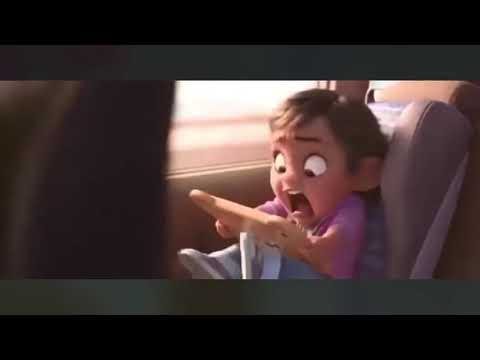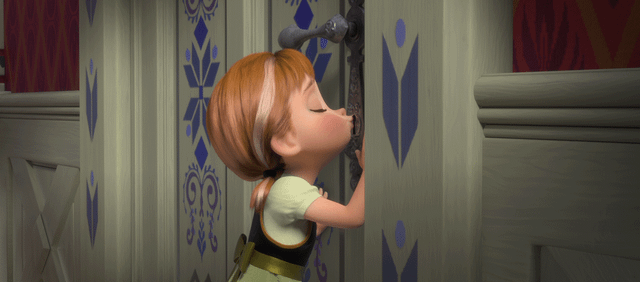“Do you wanna build a snowman?”
Editing is more than just assembling footage. It is about creating connections and meaning. The Kuleshov effect, one of cinema’s most famous editing experiments, shows how unrelated images can combine to tell a story. But what if we extended this concept further? What if we could merge two unrelated filmic spaces and make them feel like they belong to the same world?
Inspired by Claire Pollard and her team at Media Magazine, this exercise challenges students to play around with the Kuleshov and explore the art of framing, eye-line matches, and sound layering to craft seamless edits.
The challenge - Bring two film worlds together
Using the idea behind the viral Will Smith x Frozen Dank Meme, students will create a short 90-second sequence combining clips from two unrelated films. The meme seamlessly pairs a scene of Anna from Frozen, looking through a keyhole and asking her sister if she wants to build a snowman, with a moment from Bad Boys, where Will Smith’s character shoots a gun through a keyhole. The result is shocking - perhaps not one to share with younger siblings or die-hard Frozen fans! This experiment is a clever way to explore how editing can completely transform the meaning of a scene and offers students a chance to play with narrative in unexpected ways.
Bringing this into the classroom:
Here are the key concepts your students will explore through this task:
Montage theory: Learn how placing two unrelated shots together creates new meaning, using juxtaposition to craft a story.
Continuity editing: Practice creating seamless transitions to unify time, space, and narrative.
Timing and pacing: Master the art of finding the perfect moment to cut, enhancing emotional impact and rhythm.
Narrative arc: Extend the potential storylines of both films in unexpected ways, creating fresh, surprising connections that defy the original films' intentions.
Steps for students
Pick two films - Choose sequences that can be meaningfully combined. At least one must include a character looking at something.
Plan your edit - Storyboard or sketch how the two clips will interact. Map out transitions, focusing on eyelines, framing, and sound continuity.
Assemble the sequence - Edit with an emphasis on visual and audio transitions. Fine-tune pacing to ensure the sequence feels cohesive.
Ready to extend the Kuleshov?
Encourage students to reflect on their editing choices and how these affect the audience’s interpretation of the sequence. How does blending two worlds create new meanings or possibilities?
Share your class’s experiments, and see how far you can push the boundaries of the Kuleshov effect!
Student example - Credited to Maya Fellowes-Freeman
The Conjuring and Get Out
You should also read:





